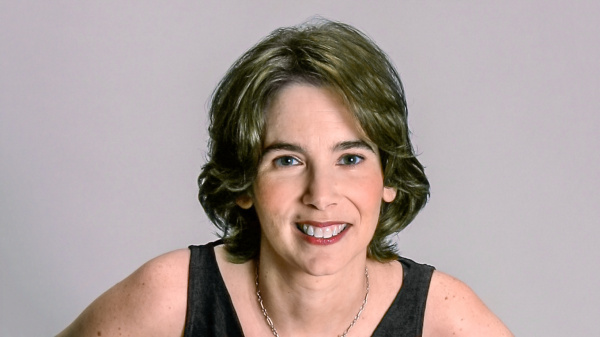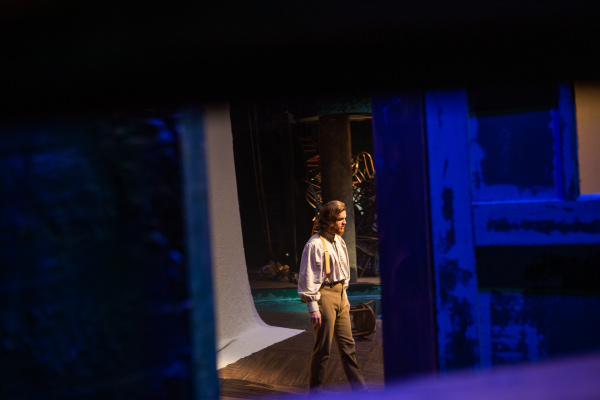This student-created video goes behind the scenes of BJU’s production of the musical A Tale of Two Cities and shows how the orchestra has adapted to performing 500 feet away from the Rodeheaver Auditorium stage.
Thank you to the following cinema production students who created and produced this documentary:
- Produced and directed by Emily Porter, senior
- Edited by Gabriela Gaduh, senior
- Camera by Marshall Hammer, junior, and Liam Shadwick, freshman
BJU will stage three in-person performances of Jill Santoriello’s musical adaptation of A Tale of Two Cities March 12–14, with a livestream showing beginning at 7:30 p.m. on March 12. Purchase 48-hour streaming access for $14.99 at bju.edu/twocities.
A limited number of in-person guest tickets are also available. For availablity and details, contact the Box Office directly at (864) 770-1372.
Don’t miss BJUtoday’s other behind-the-scenes content on the 2021 production of the musical A Tale of Two Cities.
This transcript has been edited for ease of reading.
Michael Moore: I’m Michael Moore. I’m the chair of the Division of Music here at Bob Jones University. I conduct the University Symphony Orchestra, and I am the music director for this production of A Tale of Two Cities.
Well, we really are making lemonade with lemons, as they say, here. Normally, the orchestra plays in the pit in the hall. Because of the COVID-19 protocols, we had to think pretty creatively, so we started looking around for options, and the soundstage was the obvious choice if the audiovisual link would work.
We’ve got a great crew that has done some really good work to make sure that our link between the two spaces is solid.
This space actually allows us to have more students involved in the production. We’ve been able to expand the string section significantly, and that has also allowed us to have a far more rich and more symphonic sound which is not something that a lot of Broadway shows get to do.
I was talking to them earlier. It’s a bit like feeling like you’re in a recording session. Because you’re not in a live space, there’s a little bit of pressure like, Oh, our mikes are on, here we go.
You know, there’s always the fear that something is going to break or not work. Not having that direct connection to the singer is something that gives me an extra level of stress, but we’re working through these things in rehearsal. We have a great cast and great students. They are very resilient and very flexible, so I don’t think it’s anything that is insurmountable.
When things really start to come together, it’s exciting. When the orchestra can actually hear the dialogue and the lyrics and everything, they’re like, Oh OK, that’s why we were playing it this way. It really — I can see the lightbulbs going off, and it’s just a very gratifying process.
The whole show is just — it’s high energy from the very beginning all the way to the end. I know they’re going to enjoy every minute of it.







